Amadablam Expedition Departures
| TRIP DATES | AVAILABILITY | PRICE | SPACE LEFT | |
|---|---|---|---|---|
| Oct 13, 2024 - Nov 11, 2024 | Guaranteed | $4,900 |
11 Available
|
|
| Apr 6, 2025 - May 5, 2025 | Guaranteed | $4,900 |
13 Available
|
Overview
There are hundreds of mountains all over the world. But, only a few leave remarkable impressions on people as Ama Dablam does. Once you see Ama Dablam, it will remain in your memories for a lifetime.
Ama Dablam translates to “Mother’s Jewel.” It gets its name from the locals who believe a glacier on its southwest side looks like “Dablam,” which is a traditional Sherpa jewel and “Ama,” meaning mother.
The pinnacle of the peak has a striking appeal. Not just with its beauty, Ama Dablam attracts hundreds of climbers every year with its technicality too. It is a dream of every climber to summit Ama Dablam. If you have some previous experience and wish to be a team member of an expertly led expedition, Ama Dablam is the best choice for you.
Ama Dablam stands close to the top 8000m peaks such as Everest, Lhotse, Makalu, Cho Oyu, and many more ranges. It is the jewel of the Khumbu region. So, once you reach the top, the view from there is simply unbelievable.
Although the peak is only 6812 meters, it is comparatively more challenging than some peaks above 7000 meters—Ama Dablam demands for high physical fitness and toughness. You can only scale Ama Dablam if you have proper climbing skills both on rock and ice. Steep rocky routes with rocks and compact ice make it harder while climbing this peak.
Ama Dablam is one of the highest summited peaks for expeditions purposes as it is a “must-do” for any professional alpinist. For our expedition, we summit through the south ridge that is less prone to avalanches and fairly challenging with the proportion of rock, snow, and ice. There will be 3 camps set, besides the basecamp, at varying altitudes.
Basecamp: The Ama Dablam base camp is at an altitude of 4750m. Here we set up the most advanced camps of all.
Camp I: Camp I is ideally set up at 5700m on the east side of a ridge.
Camp II: Camp II is at the altitude of 5900m and a bit more exposed than other camps with limited tent space.
Camp III: Camp III is set up at 6300m, making it easy for the summit push.
Short History of Ama Dablam Expedition
The first-ever expedition of Ama Dablam was on the 13th of March 1961. The team of the Silver Hut Scientific Expedition led by Sir Edmund Hillary, including Mike Gill(NZ), Barry Bishop(USA), Mike Ward (UK), and Wally Romanes (NZ) summited the peak via the southwest ridge.
Why You Will Love Ama Dablam Expedition
- Ama Dablam is a jewel of the Khumbu region among numerous 8000-meter peaks and still manages to steal the attention with its beauty.
- On reaching the top, you will be rewarded with an unforgettable panoramic view of Everest, Makalu, Cho Oyu, Lhotse, Nuptse, Baruntse, Pumori, and many more.
- You can test your climbing abilities – physical strength, mental toughness, and technical skills of ice climbing, as well as rock climbing.
- With us, you will be joining a team of experts who are knowledgeable about climbing and passionate too.
- The trek for the expedition takes you through the beautiful Sagarmatha National Park, one the world’s highest altitude national parks.
Is Amadablam Expedition Right For You?
- Ama Dablam is simply one of the gorgeous mountains on earth. Standing atop at this mountain gives a surreal feeling of accomplishment and pride.
- If you have experience climbing both on rock and ice, this expedition can be a great one for you to enhance your skills and add to your portfolio. However, without some prior climbing experiences of ice and rock climbing, it’s impossible.
- This expedition is cheaper compared to others in any of the visible surrounding mountains from Ama Dablam. The permit from the Nepal Government costs 400$ for Spring and Autumn, whereas it costs $200 for Winter and Monsoon.
- Three camps at well-planned altitudes make it easy for you to scale the summit.
Amadablam Expedition – Outline Itinerary
| Days | Itinerary | Altitude(in meters) | Duration(in hours) |
|---|---|---|---|
| Day 01 | Arrival in Kathmandu | 1400 m | - |
| Day 02 | Trip Preparation Day | 1400 m | - |
| Day 03 | Fly to Lukla then trek to Phakding | 2652 m | 40 min flight and 3-4 hours trek |
| Day 04 | Phakding to Namche Bazaar | 3440 m | 5-6 hours |
| Day 05 | Namche Bazaar acclimatization | 3440 m | - |
| Day 06 | Namche Bazaar to Debuche | 3770 m | 5-6 hours |
| Day 07 | Debuche to Pheriche | 4,300 m | 5-6 hours |
| Day 08 | Acclimatization | ||
| Day 09 | Pheriche to Ama Dablam Base Camp | 4570 m | 5-6 hours |
| Day 10 | Acclimatization and Pre-climb training at Ama Dablam Base Camp | 4570 m | - |
| Day 11-25 | Ascending and Descending of Ama Dablam | 6856 m | - |
| Day 26 | Trek to Namche Bazaar | 3440 m | 5-6 hours |
| Day 27 | Trek to Lukla | 2800 m | 3-4 hours |
| Day 28 | Fly back to Kathmandu | 1400 m | 45 mins |
| Day 29 | Leisure day in Kathmandu | 1400 m | - |
| Day 30 | Final Departure | 1400 m | - |

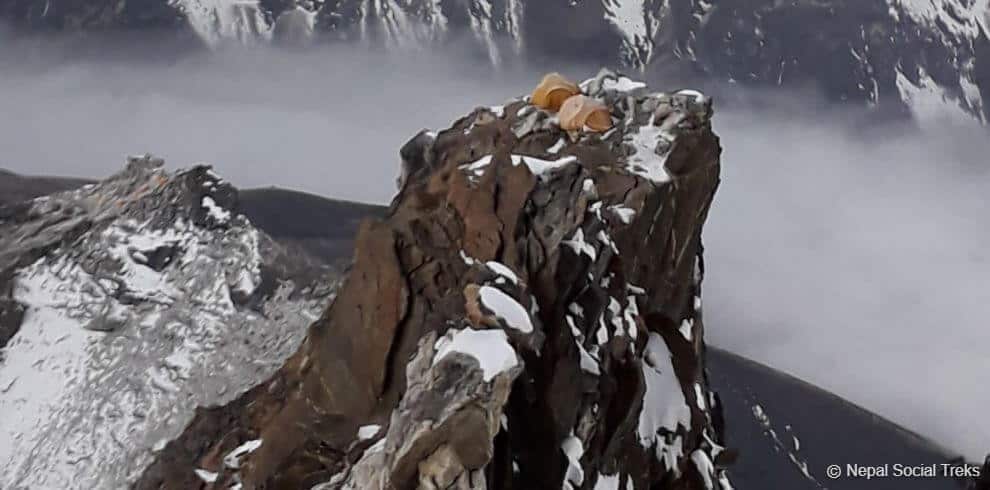
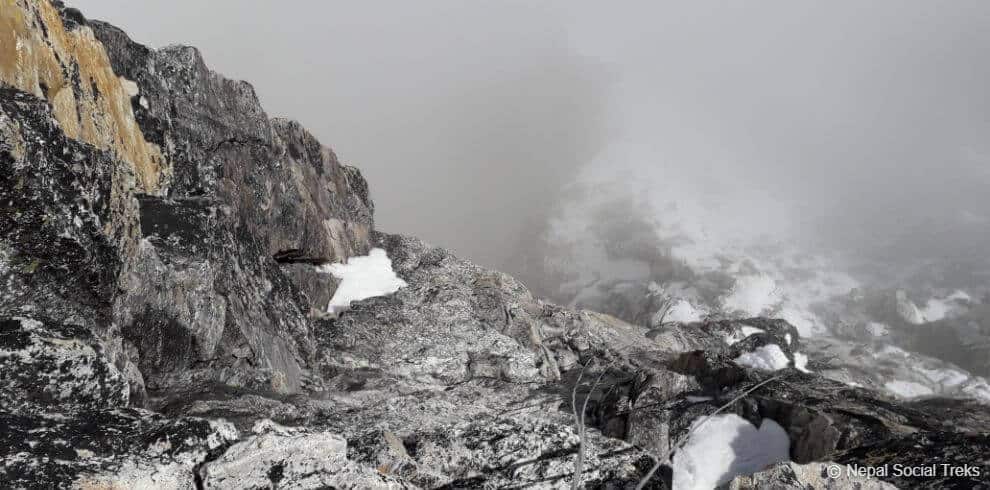
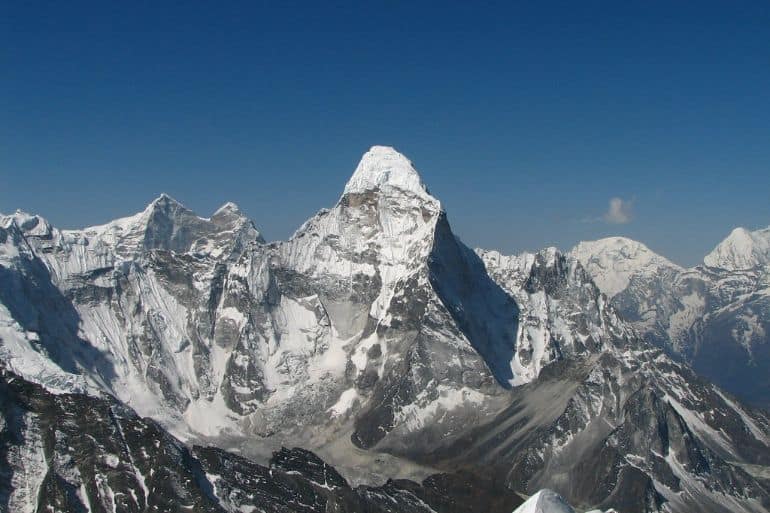
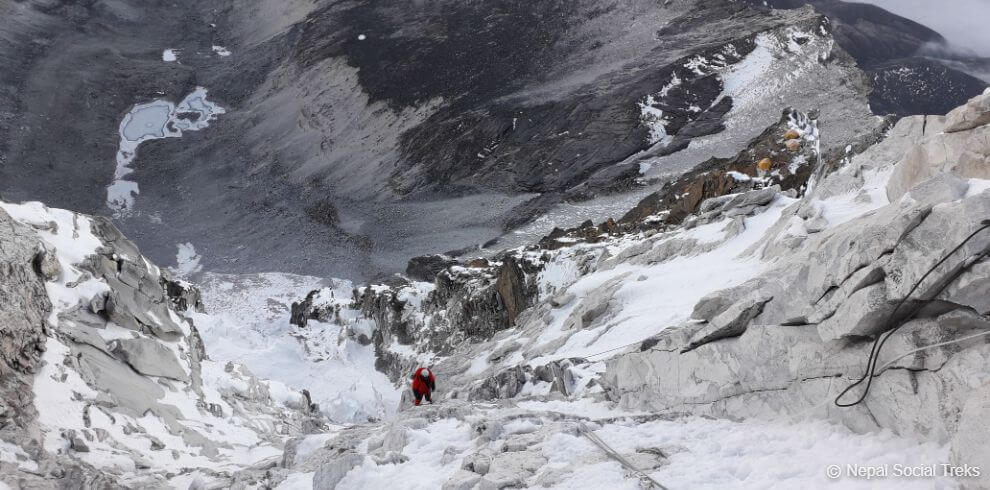
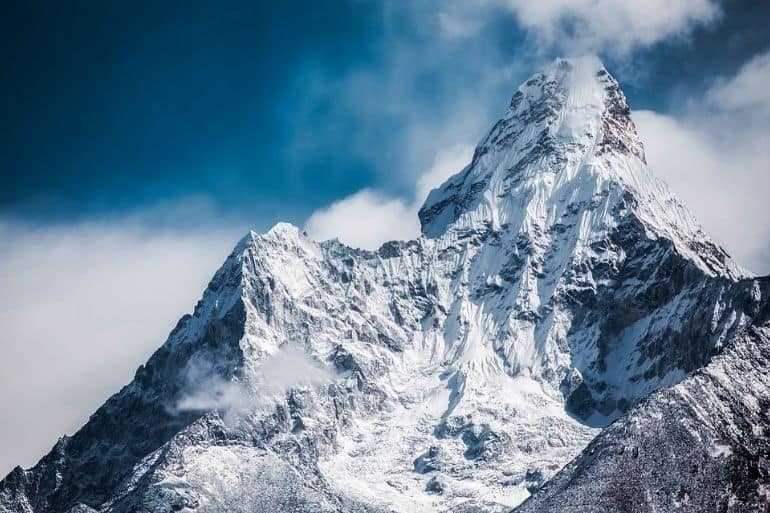
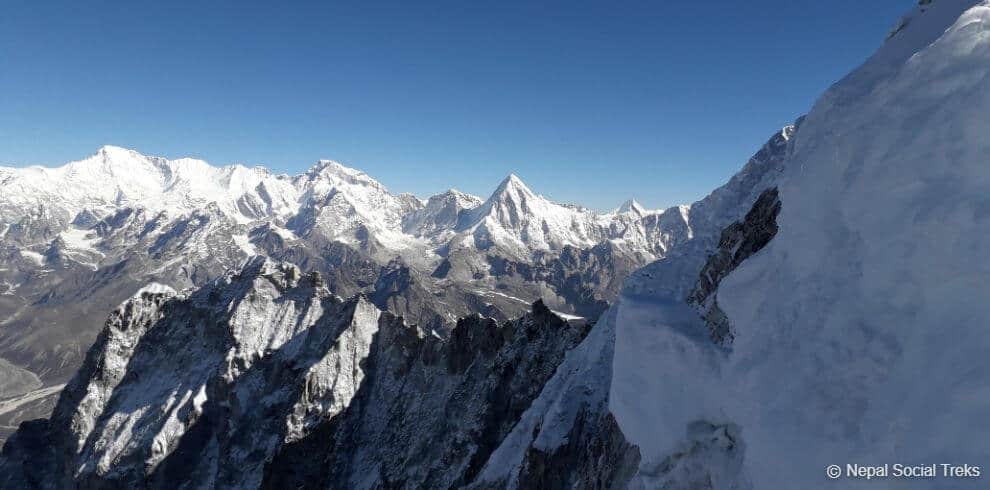
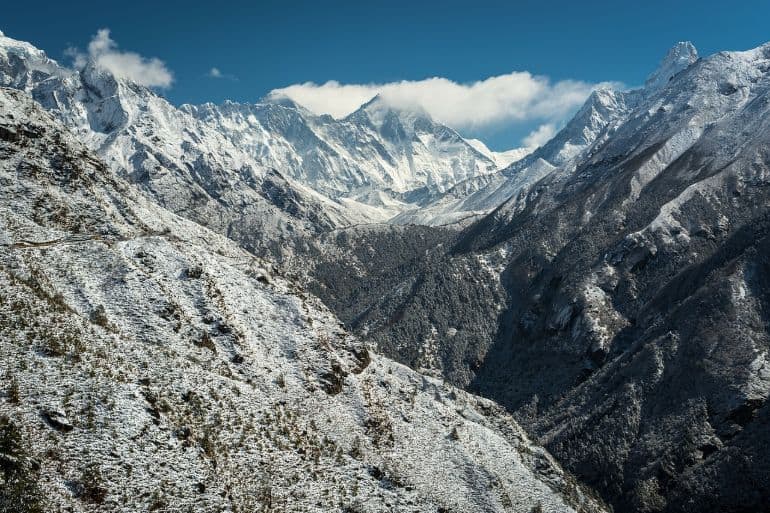
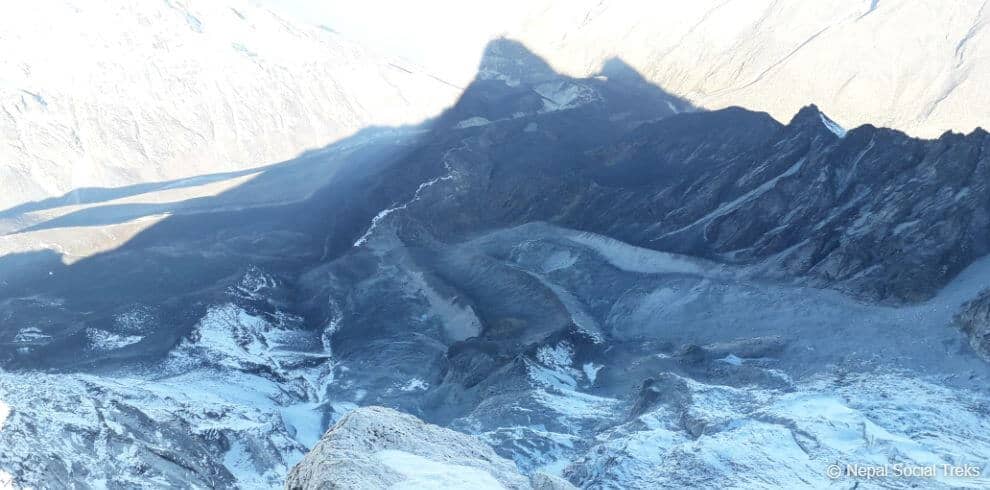
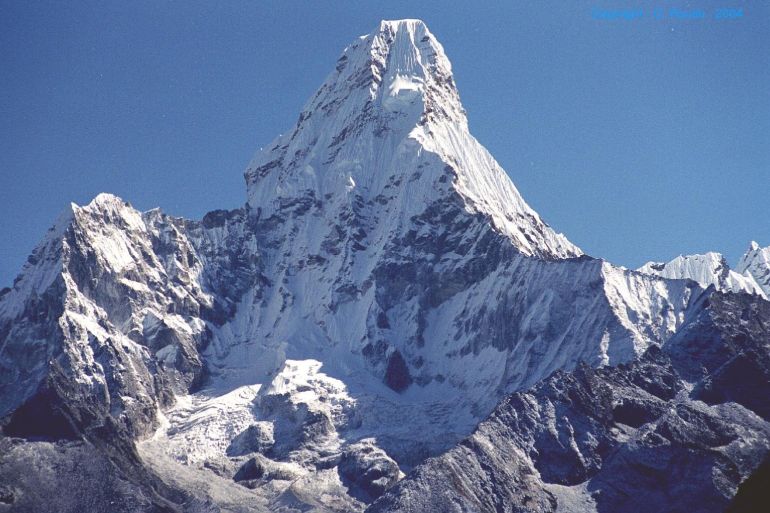
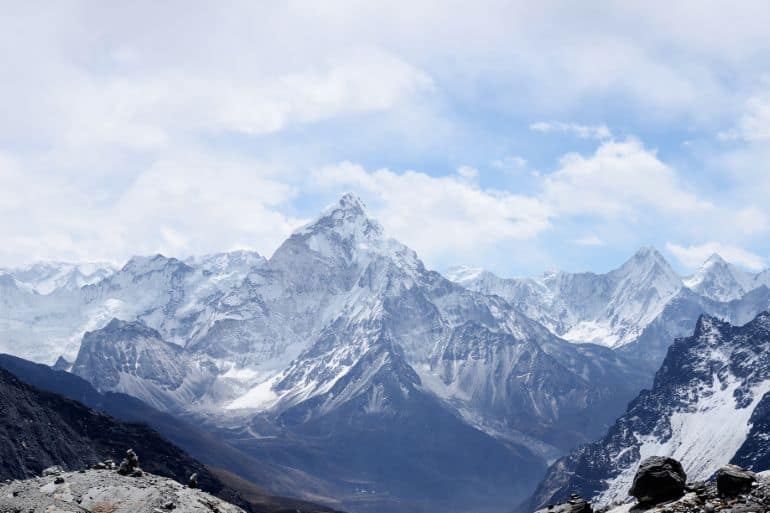
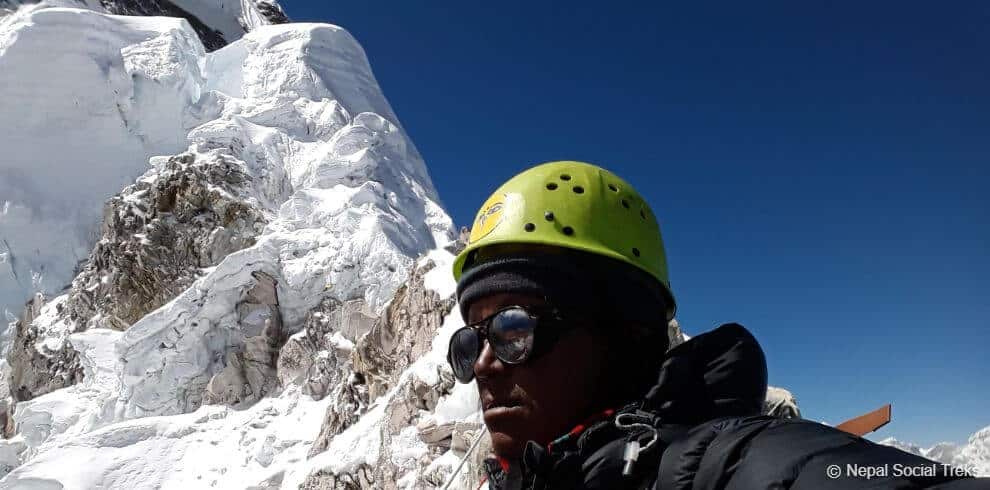
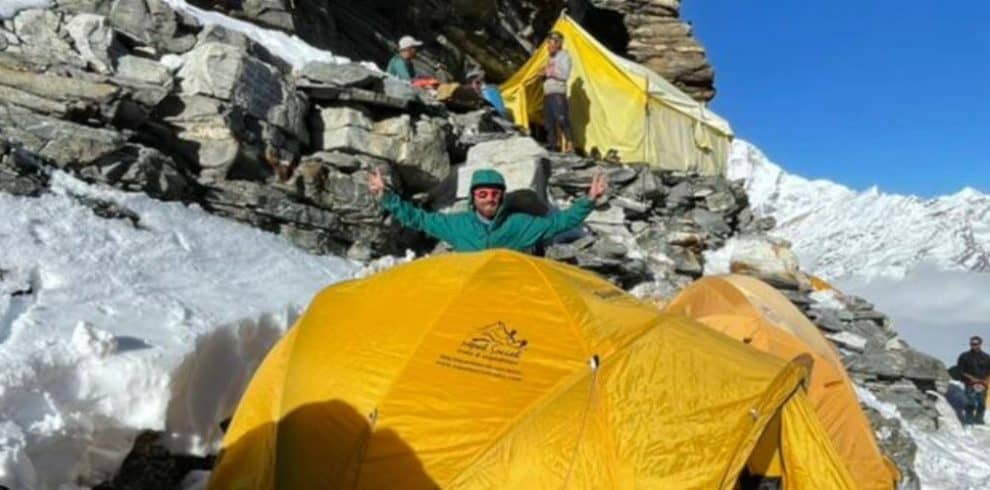

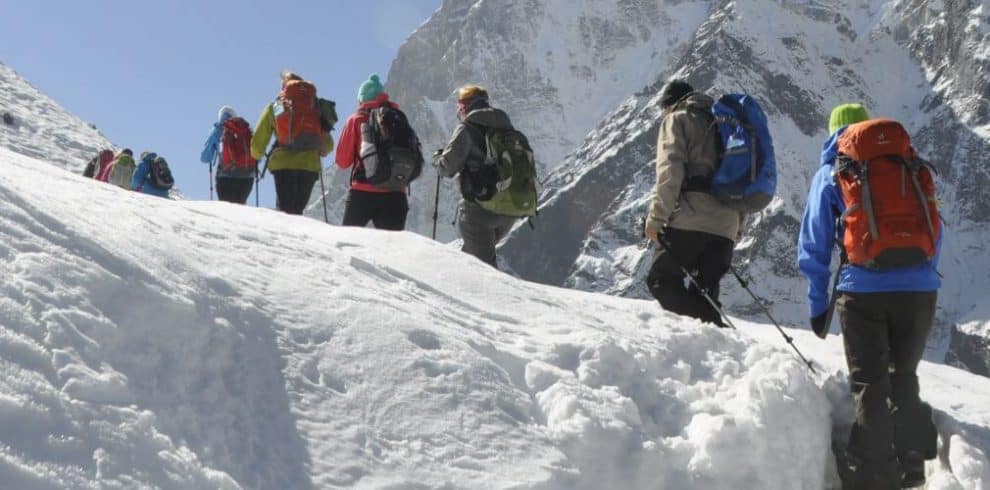
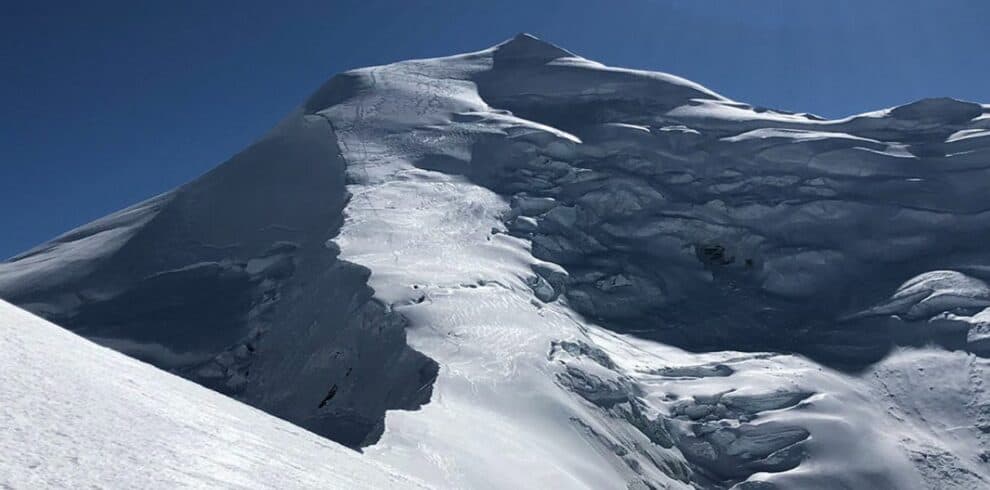
Write a Review